Are you looking to work in the United States but you have no idea about the steps to take? First, for this dream to come through, you must apply for a US work visa.
Work visas, also known as immigrant visas, are very important for people seeking jobs in a country. In addition to allowing one to work in the U.S., these visas lay the groundwork for permanent residency and eventual citizenship.
Several immigrant visas can be used by people who intend to work in the USA. Each visa has different requirements and eligibility conditions hence it is crucial to know which visa suits you well.
In this article, we shall be discussing nine immigrant visas for individuals who want to work in the United States.
US Work Visa Types: Where do you Belong?
1. H Visas
The H-1B visa is a nonimmigrant visa given to United States employers to allow them to recruit foreign workers for specialty occupations temporarily. Such work is always hired where applicants have unique knowledge and a high-profile degree in sciences, engineering, or information technology.
Eligibility: For an H-1B visa to be eligible, the candidate must have a job offer from a U.S. employer for a specialty occupation and must meet the education, training, and/or experience standard required for the particular position.
Duration: At first, the H-1B visa is valid for three years, with an extension of up to another three years if the appropriate circumstances are met. In certain instances, the maximum extension beyond the six-year limit may be allowed for those who are in the pending green card application process.
Quota: There is an annual limit on the quantity of new H-1B visas that are issued each fiscal year, and the majority of those are reserved for applicants with a U.S. master’s degree or higher.
USCIS has received a sufficient number of petitions needed to reach the congressionally mandated 65,000 H-1B visa regular cap and the 20,000 H-1B visa U.S. advanced degree exemption, known as the master’s cap, for fiscal year (FY) 2024.
Employer Sponsorship: The H-1B visa, however, is employer-specific. That means the visa holder can only work for the employer listed in the visa petition and not for other companies.
If the visa holder relocates to a different employer, they have to look for a new employer willing to fill out the petition for their H-1B visa and then go through the process again.
Dual Intent: Contrary to some other non-immigrant visas, such as the F-1 student visa, the H-1B visa has dual intent, allowing H-1B visa holders to apply for permanent residency (green card) without leaving the territory of the United States.
Dependents: H1B visa holders can bring their spouse and unmarried children under the age of 21 to the U.S. as H4 visa holders.
However, H-4 visa holders do not have the right to work unless they can apply separately for employment authorization.
2. I-Visas
I-visas are those meant for any eligible member of the foreign press, such as journalists, film crews, editors, and others performing similar duties who represent a foreign media outlet, be it print, radio, film, or other; this should have its home office in a foreign nation.
In most cases, it remains an indefinite visa so long as the holder remains involved in the same profession with that company.
3. L-Visas
Those who are temporarily transferring within a company at which they already work can qualify for L visas either at the executive or management level (L-1A) or through specialized expertise (L-1B). The L-1A visa has a three-year duration, and the L-1B only has a one-year duration.
4. O-Visas
Extraordinary abilities or achievements across industries are what make O visas exceptional.
These people usually travel along with one of them, who is also an extraordinary person or a family member. This visa however, is separated into two kinds:
• O-1A: For individuals with excellent scientific, educational, business, or athletic capabilities
• O-1B: For individuals with outstanding skills in the arts, including motion pictures and television
An O-2 visa can be applied by those who provide essential services to support you or who help in certain events or performances.
In addition, an O-3 non-immigrant visa permits a spouse and children younger than 21 to travel with you and has the same period of admission and limitations as your labor visa in the USA.
5. P Visas
You can apply for a US work visa through this visa category. These visas are for those who are excellent in entertainment, athletic, or artistic fields. Typically, the duration for this type of visa is event-based. Meaning, it will be a short stay in the US.
6. R Visas
R visas are extended to non-immigrant religious workers who are members of a religious denomination that holds official non-profit status in the U.S. and are coming to work either directly for that denomination or an associated non-profit organization.
7. F Visas
The F US visa is for academic purposes. It is grouped into F-1 to F-3. F-1 visas are for students who have been admitted to a SEVIS-approved academic institution. Provided that the curriculum is followed, students may work.
However, students will not be allowed to work off campus during the first academic year, rather, they are only eligible for on-campus employment under certain restrictions.
After the first academic year, F-1 students can engage in three types of off-campus employment:
Curricular Practical Training (CPT)
Optional Practical Training (OPT) can be done either pre-completion or post-completion.
Science, Technology, Engineering, and Mathematics (STEM) are, as the name suggests, the group of disciplines where proficiency in STEM is a prerequisite to achieving a science and mathematics degree in college or further studies.
The F-2 visas are for the dependent family members of the student, including the spouse and children. While the F-3 category makes visas available to both Canadian and Mexican students who live at home and travel between the countries for study.
8. M Visas
The M visa is also a popular US work visa that is granted to students who are going to study in vocational or other non-academic institutes, entirely aside from language programs (which demand a visa F).
The family of the student, such as their wife and children, are awarded M-2 visas to join them in the United States.
M-3 visas are given to Canadian or Mexican students going to school but residing in the US only during the school year.
9. J Visas
J-1 visas can be obtained for programs related to work and study, including camp counselors, trainees, interns, and many more.
To ensure simple implementation, programs as well as applicants need to satisfy the criteria of cultural exchange as well as language proficiency, where the latter should be in the English language. The J-2 visa category is for the dependents of a holder with J-1 visas.
What Is The Easiest Way To Get A US Work Visa?

One of the easiest ways to get a work visa in the USA is to find an employer that will sponsor you. Is it possible? Yes it is! Your skill, wage, and work experience can make a company to hire you.
If there are labor shortages in that industry and no American is willing to accept the work, the last option is for an employer to assist in processing a work visa that will enable the applicant live and work in the United States for a certain time-frame.
Another way to make the process easier is to apply for a visa specifically designed for your occupation. For example, the H-1B visa is a popular option for professionals working in specialty occupations such as engineering, healthcare, and IT.
It is also important that you meet all the requirements for the specific visa you are applying for. This may include having a certain level of education or work experience, as well as passing any required exams or background checks.
How To Apply For A US Work Visa
Step 1: Know the type of visa you need
Before you start the application process, it’s important that you understand the type of work visa you will need. There are several different types of visas available, depending on your profession and the purpose of your visit to the US.
From temporary work visas like the H-1B visa for specialized workers to investor visas like the E-2 visa, there are a variety of options available. So choose according to your career and travel goals (if any).
Step 2: Find a sponsoring employer
A work visa comes with an employer. However, finding an employer may require lots of hard work and perseverance. This employer will need to file a petition with the USCIS on your behalf, showing that they have a genuine job offer for you and that you are qualified for the position.
It’s important to research potential employers carefully and ensure that they are willing to sponsor your visa.
Step 3: Complete the visa application
Once your employer’s petition has been approved, you will need to complete the visa application form. The form will require you to provide information about your background, qualifications, and the purpose of your visit to the US.
Step 4: Gather supporting documents
In addition to the application form, you will need to gather supporting documents to prove your eligibility for the visa. This may include your passport, resume, educational certificates, and letters of recommendation.
The visa application form will require you to provide a range of information about yourself, your background, your qualifications, and the purpose of your visit to the US.
Step 5: Pay the Application fee
Most nonimmigrant visas application fee is $185. These include tourist visas, business visas, student visas, and exchange visas. The majority of petition-based visas, e.g., work and religious visas, cost $190. The fees for K and E visas are $265 and $205, respectively.
Step 6: Attend a visa interview
After submitting your application and supporting documents, you will need to attend a visa interview at the US embassy or consulate in your home country.
During the interview, you may be asked questions about your background, qualifications, and the nature of your visit to the US.
Step 7: Wait for a decision
If the embassy approves your visa, you will get a notification for your passport pick up. With this, you can go ahead and book your flight.
Read also: US Visa Decision Factors: What USA Visa Officers Consider In Applications
Conclusion
The US grants many immigration visas that let people work in the country. From the H1B visa for skilled professionals to the E2 visa for investors, there are opportunities for a variety of professions and industries.
Once you understand the various US visa types, and their requirements, it helps you to prepare well. So, whether you are a skilled worker, an entrepreneur, or an artist; there is a US work visa option for every skill and qualifications.

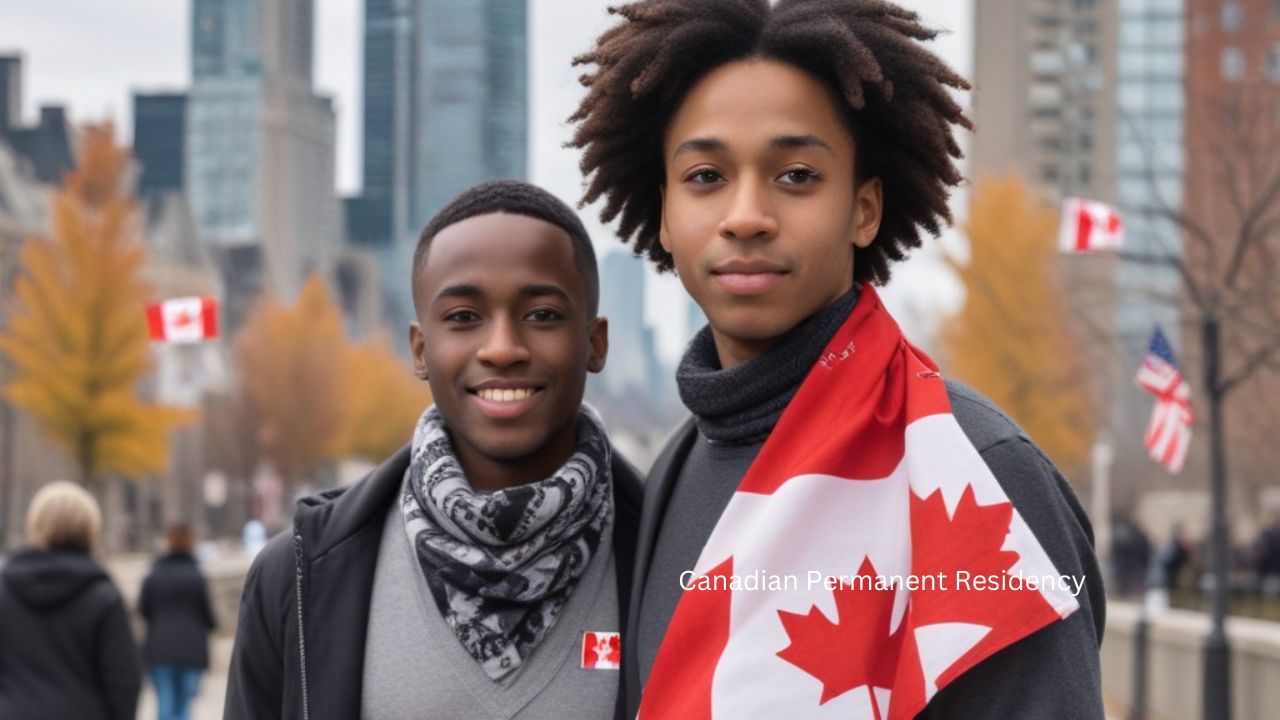
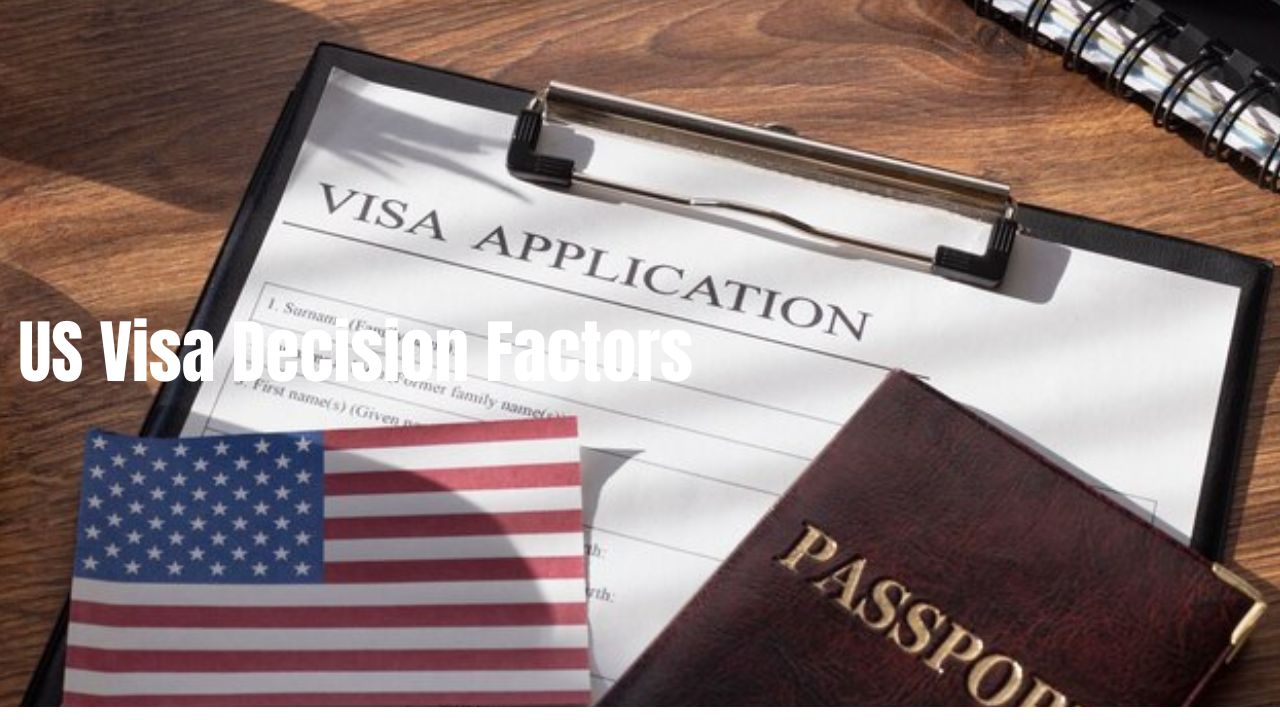
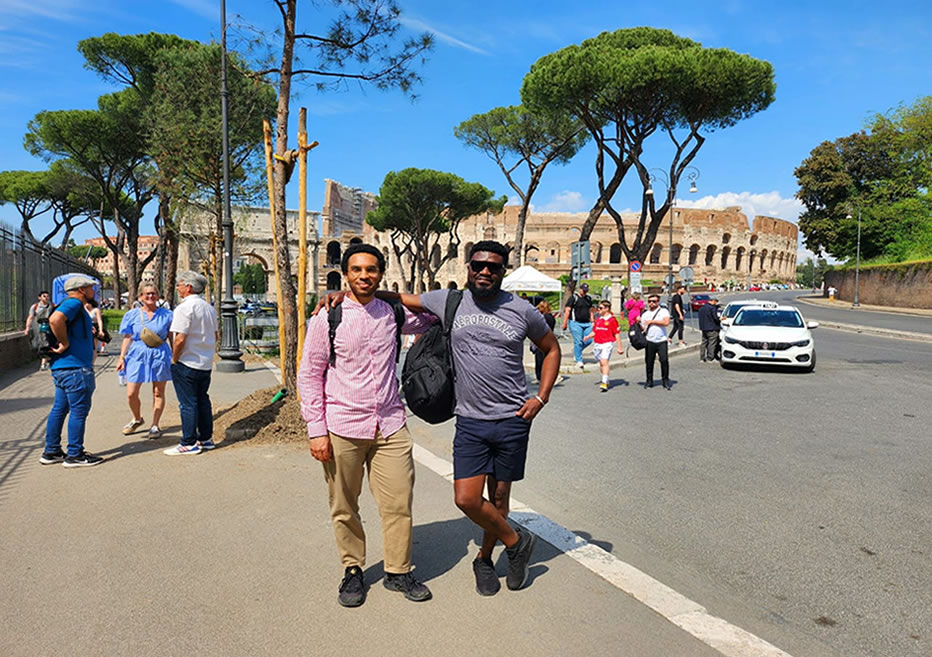
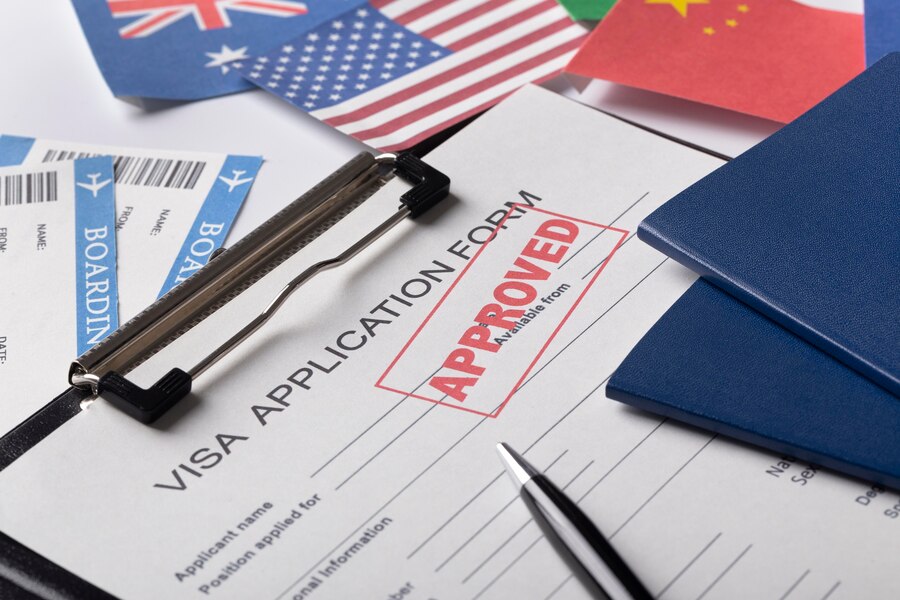

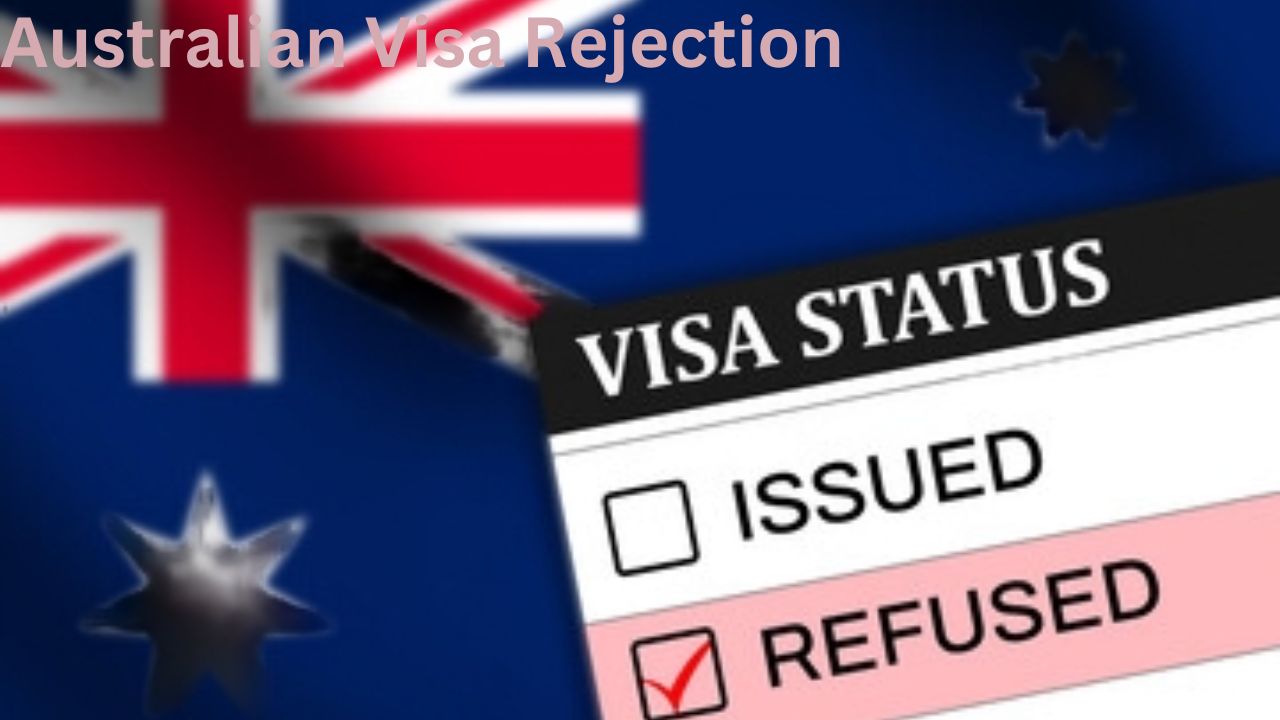
Pingback:
Pingback: